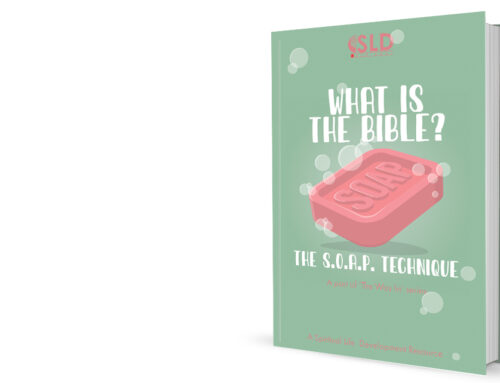 As a child I remember the little dance song with the lyrics, “Ashes, ashes, we all fall down.” While the origins and meaning of the childhood poem and song are difficult to identify, what comes through very clearly is Scripture’s teaching as to our mortality and its meaning. When I hear the lyrics “Ashes, ashes” my mind instantly recalls the numerous funerals I have attended and led where references to being created out of the dust of the earth and returning to it were made (Genesis 2:7). Ashes remind us that something was created and now passed. The lyrics “…we all fall down…” tend to stir in my mind the reality of our fallen condition, and yet, the Glorious Hope of the resurrection.
As a child I remember the little dance song with the lyrics, “Ashes, ashes, we all fall down.” While the origins and meaning of the childhood poem and song are difficult to identify, what comes through very clearly is Scripture’s teaching as to our mortality and its meaning. When I hear the lyrics “Ashes, ashes” my mind instantly recalls the numerous funerals I have attended and led where references to being created out of the dust of the earth and returning to it were made (Genesis 2:7). Ashes remind us that something was created and now passed. The lyrics “…we all fall down…” tend to stir in my mind the reality of our fallen condition, and yet, the Glorious Hope of the resurrection.
As we are reminded in the Old Testament, Job marked his repentance by “dust and ashes.” Commentator Adam Clarke pens the following: “I am deeply distressed on account of the imaginations of my heart, the words of my tongue, and the acts of my life. I roll myself in the dust, and sprinkle ashes upon my head. Job is now sufficiently humbled at the feet of Jehovah…” When we, such as Job, consider our unholiness while in the presence of His Holiness, we are humbled by the acts of our sin and the scope of our sinfulness. However, due to the nature of a redeeming GOD, our response of repentance and persistence in our pursuit of holiness becomes the resonating anthem in our cognition and conduct.
Our LORD, as documented in the New Testament, was demonstrative in his teaching. JESUS taught us by example to both grieve at graves, and yet have hope for the resurrection (John 11:1-44). We learn from Him that it is healthy to do both at the same time, grieve and hope. We find our grief tamed with hope, and hope tempered with grief. Together we can demonstrate Christlikeness as we learn to cope with living in this fallen world by grieving, mourning, and still having hope in restoration and the resurrection.
While approaching this Ash Wednesday, may we proclaim our testimony. May the ashes remind us of our eventual physical finality, while the symbol of the cross restores the hope that because of salvation through Christ, we too have a resurrection (1 Thessalonians 4:16). When we see the ashen symbol on another’s forehead, may we be reminded to pray continually for our brother or sister in Christ (James 5:16). When we see a person without the symbol on their forehead, may we be reminded of our call to be HIS ambassadors of this Good News to all (2 Corinthians 5:20). Finally, may we always remember that our Redeemer has commanded us towards a holy love, that is a condemnation of the acts of sin, and the consecration of a lifetime call to holiness (e.g., John 8:11).
written by Rev. Dr. Don Coombs, Adult Rehabilitation Center Command, USA East
References
Clarke, A.(n.d.). Adam Clarke Commentary. Available on February 11, 2021 from https://www.studylight.org/commentaries/eng/acc/job-42.html#verse-5
Wikipedia (2021). Ring a Ring o’ Roses – Wikipedia




